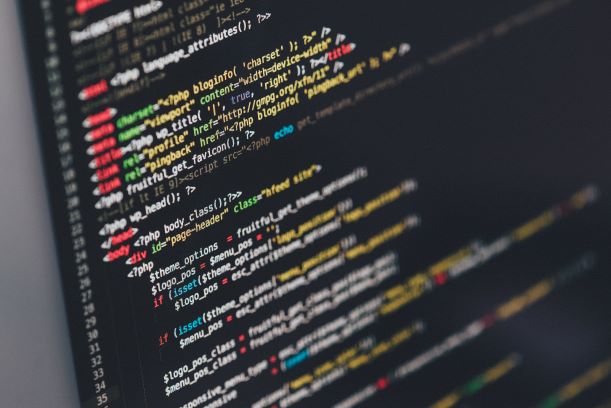With the outbreak of the coronavirus creating a huge amount of uncertainty in terms of how best to respond, a lot of people might be wondering if it’s possible to model the spread of the virus using artificial intelligence (AI) or machine learning (ML) models. If this is possible, then it would be hugely significant, as health agencies and professionals could better plan for the impact of new outbreaks and rising demand on NHS services.
Of course when we talk about “demand on services," it’s important not to lose sight of the real human cost people are suffering already, which looks set to continue over the coming weeks and months. So the knock-on effects of reducing the strain on the service could be very significant in human terms.

The limitations of models
It’s also important to understand the limitations of any model. A model is only as good as the data you feed into it, and at the moment the number of known cases in the UK is relatively low – around 22,000 cases as of March 30, according to the SAS COVID-19 dashboard. This is also the case in many other countries, so it makes any prediction difficult. Furthermore, there has not been en masse isolation before, so that will also affect models.
The typical infectious disease life cycle can be characterised by four stages: infection of an individual by an infected individual; an incubation period (where the disease replicates); a symptomatic stage; and then, hopefully, recovery. In some cases, recovery provides immunity to future infections. However, the evidence currently available for COVID-19 cannot confirm this immunity stage. A double whammy with COVID-19 is the current unavailability of a vaccine – and this will adversely affect herd immunity (resistance to the spread of a contagious disease).
Modeling with marbles
Before the days of computers, epidemiologists used marbles (yes marbles!) to model the spread of an infectious disease. A white marble represented a susceptible individual, a red marble an infected individual and a black one a recovered immune survivor. What the epidemiologists did was place a red marble randomly into a group of white marbles. Where the red touched the whites, those marbles became infected, and so on, while adding recovering marbles over time.
Although very basic, this is actually a good way to visualise what ML models do. The difference is that ML models use much larger volumes of data. These include many more variables and parameters from many different sources, including socioeconomic, population, climatic and clinical trials data. And data from similar viruses (like bird or swine flu) can be sourced from health organizations such as the WHO, the CDC and the NHS.
Predicting the spread of disease
The parameters within these data sources can be connected mathematically to predict how a virus will behave in a given population. A model is the representation of these mathematical connections. Analysts often apply the methodology of compartmental models, which offers a framework of how "parameters" in a dynamic system move between different compartments in a system.
We can use this methodology with a technique called SEIR – which divides a population into groups of Susceptible, Exposed, Infectious and Recovered. The application of SAS ML models with this approach can help build a model that simulates or predicts the spread of infectious disease. These ML models can then inform and evaluate various interventions like isolation, quarantine, antiviral drugs, school closures, vaccinations and the use of face masks.
The effectiveness of these interventions is, of course, one of the key issues people are now grappling with in judging how best to respond to the current pandemic. Using data and models does not provide the magic answer. But anything that can provide reliable, unbiased insight to inform decision making can only be a good thing.
Find out more about how SAS is helping to tackle COVID-19.
